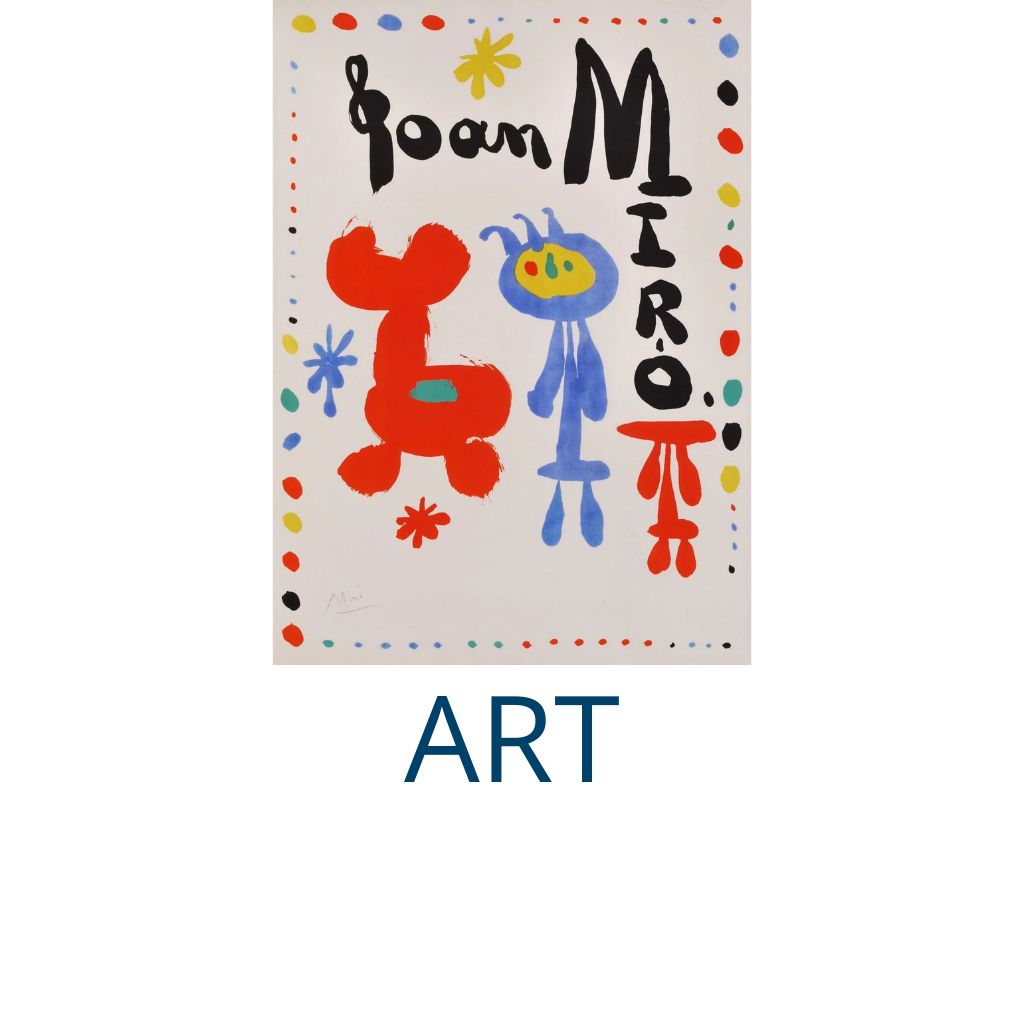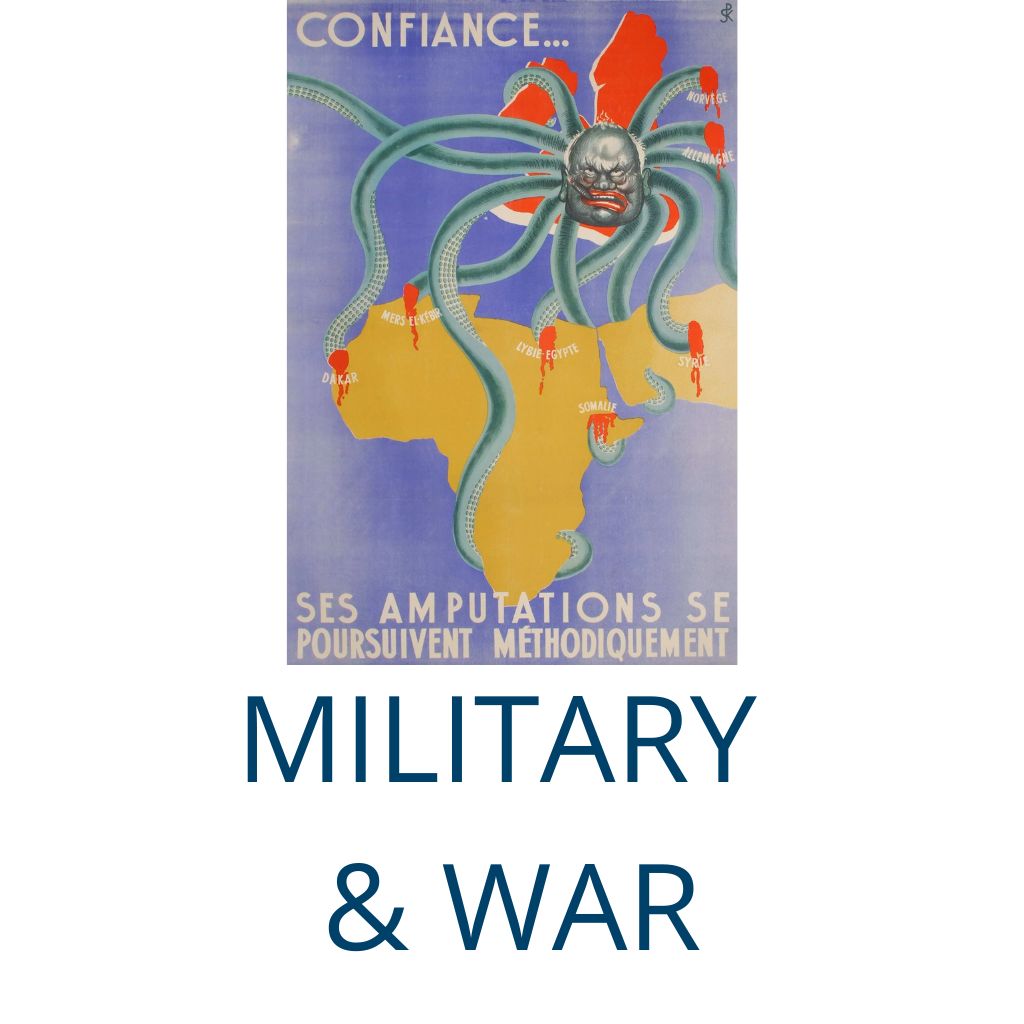
Alexander Rodchenko: Constructivist & Propaganda
Share
Alexander Rodchenko – Russian Constructivist and Propaganda Designer - Poster Artist
Alexander Rodchenko (1891–1956) was a pioneering figure in the world of Russian art, particularly known for his contributions to the Constructivist movement and his role as a leading propaganda designer during the Soviet era. His innovative approach to art, which combined avant-garde aesthetics with utilitarian functionality, made him a key figure in the transformation of visual culture in early 20th-century Russia. This article explores Rodchenko’s life, work, and enduring influence, focusing on his contributions to Constructivism and his impact as a propaganda designer.
Early Life and Education
Alexander Rodchenko was born in Saint Petersburg (then known as Petrograd), Russia, on December 5, 1891. Initially trained as a carpenter, he later pursued formal art education at the Stroganov Art and Industrial School in Moscow. It was here that he began to experiment with modern art styles, eventually aligning himself with the avant-garde movements that were gaining traction in Russia during the early 20th century.
Rodchenko’s early works were influenced by Impressionism and Post-Impressionism, but he soon moved towards Cubism and Futurism. His transition towards Constructivism, a movement that advocated for art as a tool for social change and function, marked a significant shift in his artistic direction. Rodchenko’s embrace of Constructivism aligned with his belief in the artist’s role as an engineer of visual form, rather than as a creator of individualistic expression.
Constructivism and Artistic Innovations
Rodchenko was a central figure in the Constructivist movement, which emerged in Russia during the 1910s and 1920s. Constructivism rejected traditional art forms in favor of art as an instrument of social utility. This ideology called for a redefinition of the artist’s role, viewing the artist as a worker within the industrial system, and art as a tool for creating the new Soviet society.
Rodchenko’s work in Constructivism included a diverse range of media—photography, painting, sculpture, advertising, and typography. His use of geometric shapes, bold colors, and unconventional compositions became trademarks of his style. One of his most famous pieces, the photomontage "Beat the Whites with the Red Wedge" (1919), powerfully conveyed the urgency and optimism of the Bolshevik Revolution. The image featured a red wedge cutting through white shapes, symbolizing the proletariat’s struggle against the bourgeoisie.
https://www.moma.org/collection/works/78371
Rodchenko also experimented with dynamic angles and perspectives in photography. His series "A Man’s Point of View" (1930), which depicted everyday life from unconventional viewpoints, pushed the boundaries of photographic composition. These works were instrumental in establishing a visual language that embodied the energy and dynamism of Soviet life.
https://www.alexander-rodchenko.org/
Role as a Propaganda Designer
During the Soviet era, propaganda was a vital tool for shaping public opinion and promoting the ideals of the Communist Party. Alexander Rodchenko was at the forefront of this effort, using his artistic skills to create powerful visual messages that aligned with Soviet ideology. His designs were intended to mobilize and inspire the masses, projecting a sense of unity and purpose towards the building of socialism.
Rodchenko’s approach to propaganda was characterized by clarity, directness, and an emphasis on visual impact. His posters and banners were designed to be easily understood and universally accessible. For instance, the "Long Live the Red Army" (1924) poster used bold text and a dynamic layout to emphasize the strength and heroism of the Red Army. The image featured a soldier raising his fist, symbolizing defiance and strength.
https://www.alexander-rodchenko.org/
Another significant propaganda work by Rodchenko is the "Ruin of the Pavilion" (1937), which was part of an exhibition about the Revolution’s impact. The image juxtaposed broken and decayed architectural elements, underscoring the destructive effects of political opposition to Soviet progress.
https://www.guggenheim.org/artwork/38506
Rodchenko also collaborated with other Constructivist artists such as El Lissitzky and Varvara Stepanova, forming a collective that revolutionized Soviet design. Their collaborative efforts were crucial in establishing a modernist visual language that remained influential throughout the Soviet era and beyond.
Later Career and Legacy
As the political landscape in the Soviet Union changed in the 1930s, with increasing censorship and control under Stalin, Rodchenko’s work underwent a transformation. The shift from Constructivism to Socialist Realism reflected the new cultural policies that emphasized more representational, idealized depictions of Soviet life. Despite this change, Rodchenko continued to experiment with new techniques and mediums.
In the post-war years, Rodchenko’s focus shifted towards more personal projects, including family photography and abstract painting. Despite this, his legacy as one of the most influential figures in Russian art history remains undiminished. His work bridged the gap between the avant-garde and the practical demands of Soviet society, leaving a lasting impact on visual culture.
Influence and Continuing Relevance
Rodchenko’s influence extends beyond Soviet Russia. His Constructivist approach and innovative use of media inspired later generations of artists and designers around the world. The principles of Constructivism—functionality, clarity, and integration with modern technology—continue to resonate in contemporary design and art.
Today, Rodchenko’s work is celebrated in museums and exhibitions worldwide. The Rodchenko and Popova Exhibition at the Tate Modern (London) in 2009 was a testament to his enduring influence, showcasing his contributions to Constructivist art and his role in Soviet visual propaganda.
Source link for "Rodchenko and Popova Exhibition":
https://www.tate.org.uk/whats-on/tate-modern/exhibition/rodchenko-popova
Conclusion
Alexander Rodchenko’s career was marked by a relentless pursuit of innovation and a commitment to using art as a tool for social change. His work as a Constructivist artist and propaganda designer was instrumental in shaping the visual identity of Soviet Russia. By integrating art with everyday life, Rodchenko helped lay the foundation for a new Soviet culture that embraced modernity and technological progress. His legacy lives on through his innovative designs, which continue to influence contemporary art and design.
References
MOMA. "Beat the Whites with the Red Wedge". https://www.moma.org/collection/works/78371
Alexander Rodchenko Archive. "A Man’s Point of View". https://www.alexander-rodchenko.org/
Guggenheim Museum. "Ruin of the Pavilion". https://www.guggenheim.org/artwork/38506
Tate Modern. "Rodchenko and Popova Exhibition". https://www.tate.org.uk/whats-on/tate-modern/exhibition/rodchenko-popova




